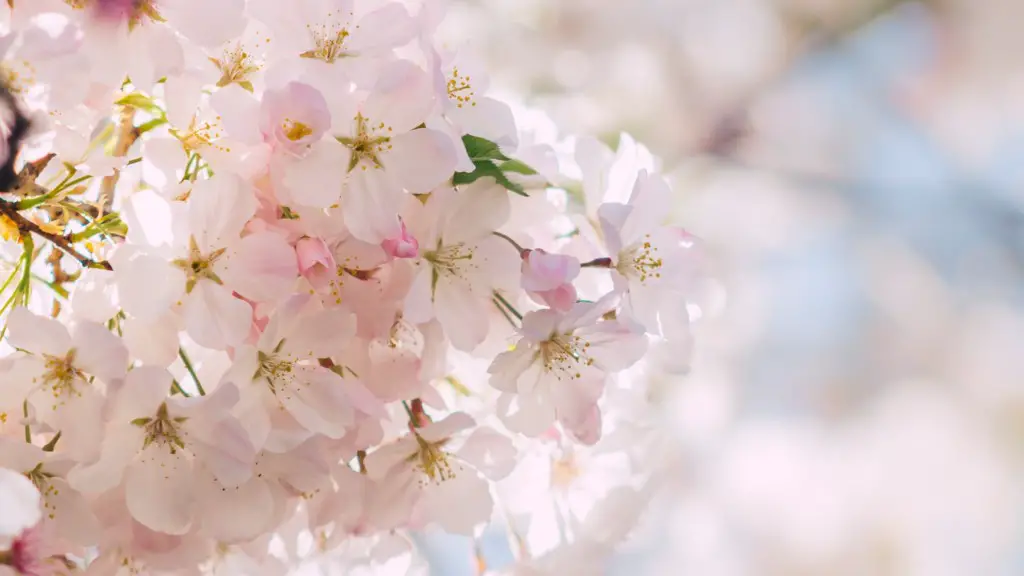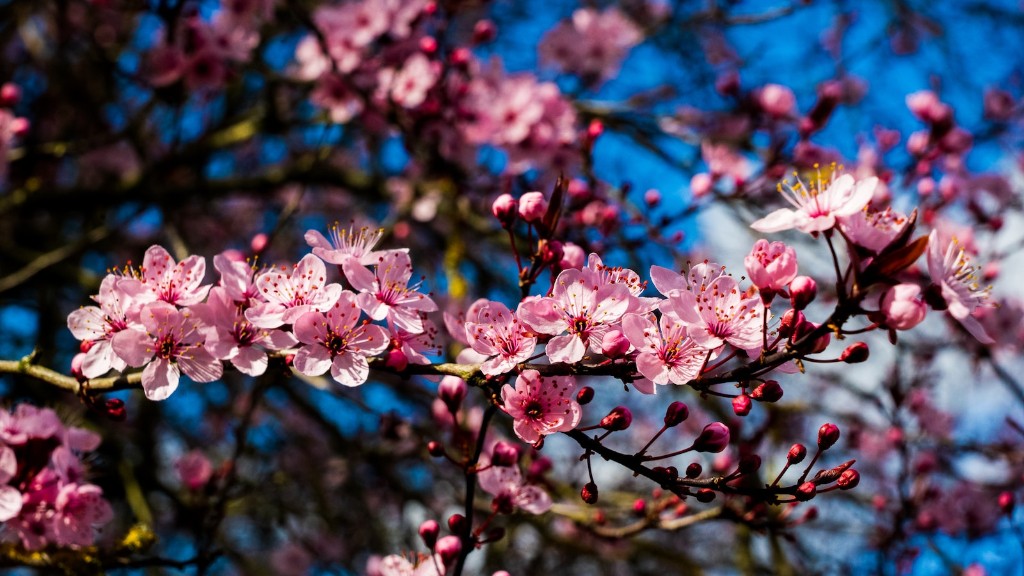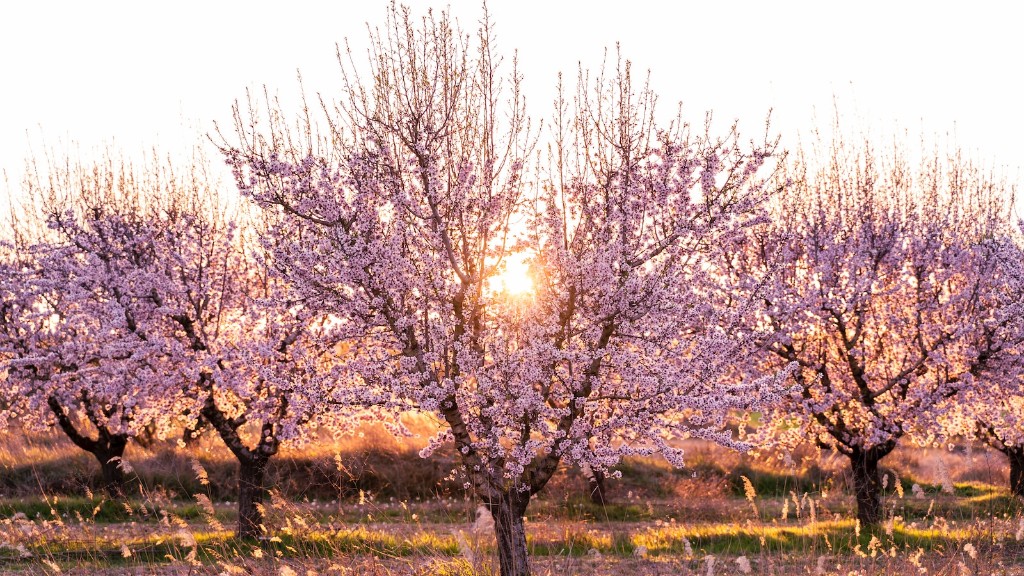How to Plant a Cherry Blossom Tree
Cherry blossom trees are a popular feature of gardens throughout the world, adding a splash of colour and charm that can make your outdoor space even more special. Planting a cherry blossom tree of your own is not as challenging as some might think. All it takes is a bit of preparation and the dedication to keep your tree in good health and you’ll be rewarded with beautiful pink blossoms in no time.
Choosing the Right Variety
For most climates, the Japanese Cherry Blossom will serve you best when it comes to creating a flourishing cherry blossom tree. With their delicate, subtle pink flowers and dainty serrated leaves, these trees can grow up to 3 meters tall and provide a stunning focal point to any outdoor area. Japanese Cherry Blossoms also have a very long flowering period and you can expect to get blooms every spring until well into summer. If you’re looking to create a dramatic cherry blossom tree, the more vibrant Weeping Cherry trees is also a popular choice.
Preparation
Firstly, you need to make sure that you’re planting your cherry blossom tree in the right spot. Consider potential for strong winds, how much sun the tree will get, and the size of the area that you have available for it. Cherry blossom trees are quite hardy and can survive in a variety of soils, however, sites that are slightly moist and well-draining are ideal. If your soil is particularly poor, you can also amend it with plenty of compost to improve the health of your tree.
It’s also best to choose a spot that is away from any other trees, as they can compete with the cherry blossom tree for resources. If you’re planting your tree in the ground, make sure to dig a hole that’s at least twice the width of your tree’s root-ball and just as deep. If necessary, add some compost to help loosen the soil and make sure to water it thoroughly before planting. It’s also important to use a tree stake or anchoring system to help the tree stay upright and stable.
Caring for Your Cherry Blossom Tree
After you have planted your cherry blossom tree, make sure to water it every week, especially in the first year of growth. You can also supplement your watering with a liquid fertilizer in spring when the tree starts to come into bloom. If you feel it necessary, you can also mulch around the base of your tree to protect the roots from any cold winter weather.
Pruning your cherry blossom tree should also be done with care. Good pruning practices can enhance the health and beauty of your tree, while careless or unnecessary pruning can do more harm than good. For a neat, tree-like shape, cut dead and weak branches during the dormant season, and avoid pruning any young or flowering branches. Additionally, it’s important to get rid of any dead or diseased branches as soon as possible to avoid any further spread of the illness.
Weather Requirements for Cherry Blossom Trees
Cherry blossom trees need a significant amount of cold weather to be able to grow properly and come into bloom. They’re best suited to regions that experience at least four months of cold winter weather with temperatures below freezing. As they’re also intolerant to wet feet, they’re not suitable for some regions with wet soil during winter. However, container planting and moving your tree inside during cold months is also an option if you can’t find a suitable outdoor spot.
Protecting Against Pests and Diseases
One of the best ways to keep your cherry blossom tree in good health is to provide it with regular maintenance. Make sure to inspect your tree annually and keep an eye out for any signs of pests or diseases. Treating any obvious cases promptly will help to keep your tree healthy and free from any further infection. Additionally, avoid over-fertilizing and keep weeds away from the base of your tree as this can put it under unnecessary stress.
Choosing the Right Fertilizer
While cherry blossom trees don’t require a lot of fertilizer, a seasonal application can be beneficial in terms of growth and blooming. When shopping for fertilizer, choose products that are higher in phosphorus content, as this helps to stimulate flower and fruit development. Additionally, if your soil has been tested and has a low pH balance, you can use an acid-based fertilizer to help reduce the alkalinity of your soil and make it more hospitable for your tree’s growth.
Water Requirements for Optimal Growth
Cherry blossom trees aren’t heavy feeders, however it’s still important to be aware of how much water your tree is receiving and adjust accordingly. During the summer period, your tree will require more water, as long as temperatures remain high. Watering your tree deeply at least once a week is ideal and ensure that the soil is kept moist, but not soggy. If you’re in an area with dry conditions, it’s also best to water your tree more frequently during this period.
Gardening Tips for Cherry Blossom Trees
When planting and caring for your cherry blossom tree, make sure to keep the garden clutter-free and allow plenty of air circulation to help prevent any disease. Additionally, make sure to always wear protective clothing when pruning and working with your tree, in order to protect your skin from any chemical sprays or timber debris. Lastly, it’s important to perform regular deep dirt cultivation to prevent the accumulation of weeds and pests around your tree.


